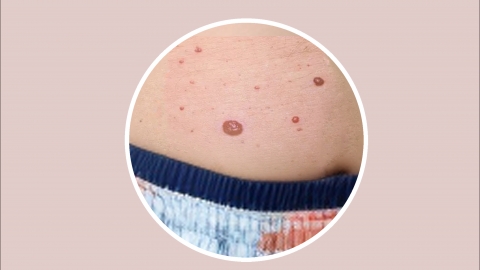What does atypical hemangioma mean?
Generally, atypical hemangiomas refer to vascular proliferative lesions that differ from typical hemangiomas in terms of imaging features, pathological characteristics, or growth patterns. If abnormalities are detected, timely medical consultation is recommended. Detailed analysis is as follows:

Certain atypical hemangiomas may not exhibit the typical features of well-defined borders and homogeneous enhancement on ultrasound, CT, or MRI scans due to their unique locations or complex internal structures. For example, atypical hemangiomas occurring in the liver may present with ill-defined margins or atypical enhancement patterns, making them easily confused with other space-occupying liver lesions. Although these hemangiomas have atypical morphology, they are essentially still benign lesions, growing slowly with minimal impact on surrounding tissues.
Another type of atypical hemangioma demonstrates cellular atypia or abnormal growth patterns histologically. Compared to common hemangiomas, these lesions show increased endothelial cell proliferation and irregular vascular structures, carrying a certain risk of malignant transformation. If an atypical hemangioma is large enough to compress surrounding tissues or organs, causing symptoms such as pain or functional impairment, or if it grows rapidly within a short period, there is a need for concern regarding possible malignant transformation, and timely intervention and treatment are required.
Upon detection of an atypical hemangioma, do not attempt to self-diagnose. It is important to promptly visit a qualified hospital to complete imaging and pathological examinations, clarify the nature of the lesion, and follow medical advice for regular follow-up or appropriate treatment. Seek immediate medical attention should any discomfort arise.






